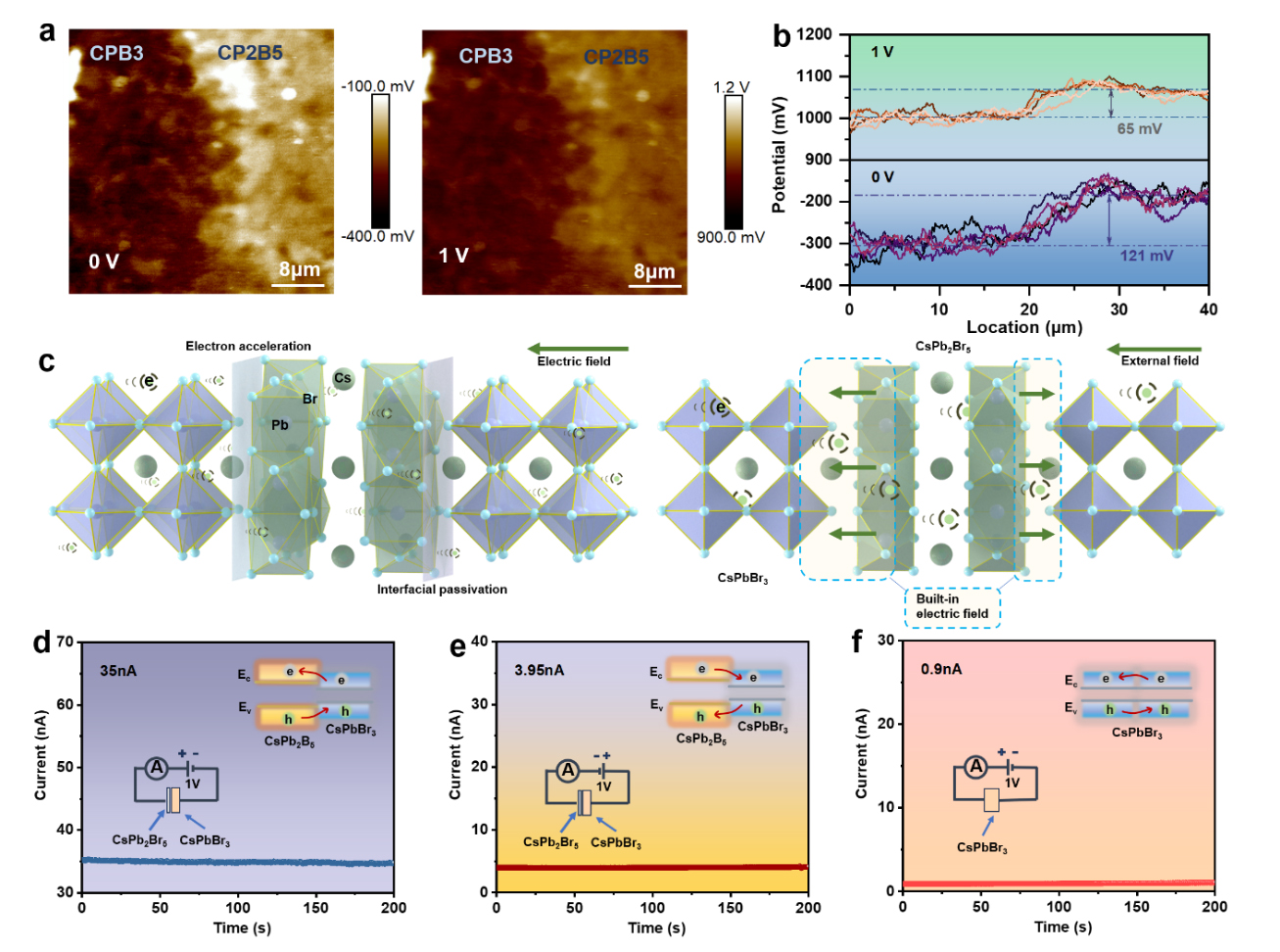
Researchers at the Hefei Institutes of Physical Science of the Chinese Academy of Sciences have proposed a new method to enhance X-ray detection by incorporating out-of-phase CsPb2Br5 perovskite into CsPbBr3 bulk material.
They achieved good sensitivity for X-ray detection and a low detection limit, and integrated this technique with a thin-film transistor (TFT) plate to produce X-ray images.
The results were published in Advanced Functional Materials.
Metal halide perovskite is a promising material for detecting things like X-rays, offering better sensitivity and resolution than conventional detectors. Inorganic perovskite CsPbBr3 has excellent environmental stability and unique high-temperature plasticity, making it particularly advantageous for X-ray detection and imaging applications. However, single-crystal CsPbBr3 is difficult and expensive to produce, and polycrystalline CsPbBr3 devices have low electron mobility, limiting their use in certain imaging systems.
In this study, the researchers developed a new method called, the out-of-phase articulation strategy, to combine a special material called CsPb2Br5 with another material called CsPbBr3. They made a mixture of these materials using a technique called high-energy mechanical ball milling.
Adding CsPb2Br5 didn't slow down the current baseline. Instead, it helped to speed up the movement of electrons and holes, which are important for detecting X-rays.
This improvement was possible because CsPb2Br5 created pathways for the electrons and holes to move more easily within CsPbBr3. Using this method, they achieved high sensitivity and spatial resolution for detecting X-rays without the need for high voltage.
In addition, the researchers assembled CsPb2Br5/CsPbBr3 on TFT backplanes to realize multi-pixel X-ray surface array imaging. This proved that the CsPbBr3 material could be used for imaging. It also offers a new material system and design concept for using chalcocite in X-ray imaging.
This work shows that perovskites with the introduction of a 2D phase exhibit a carrier transport effect and good long-term stability, making them promising candidates for commercial use.

The introduction of CsPb2Br5 enhances the transport of charge carriers within CsPbBr3. (Image by WAN Changmao)

86-10-68597521 (day)
86-10-68597289 (night)

52 Sanlihe Rd., Xicheng District,
Beijing, China (100864)

